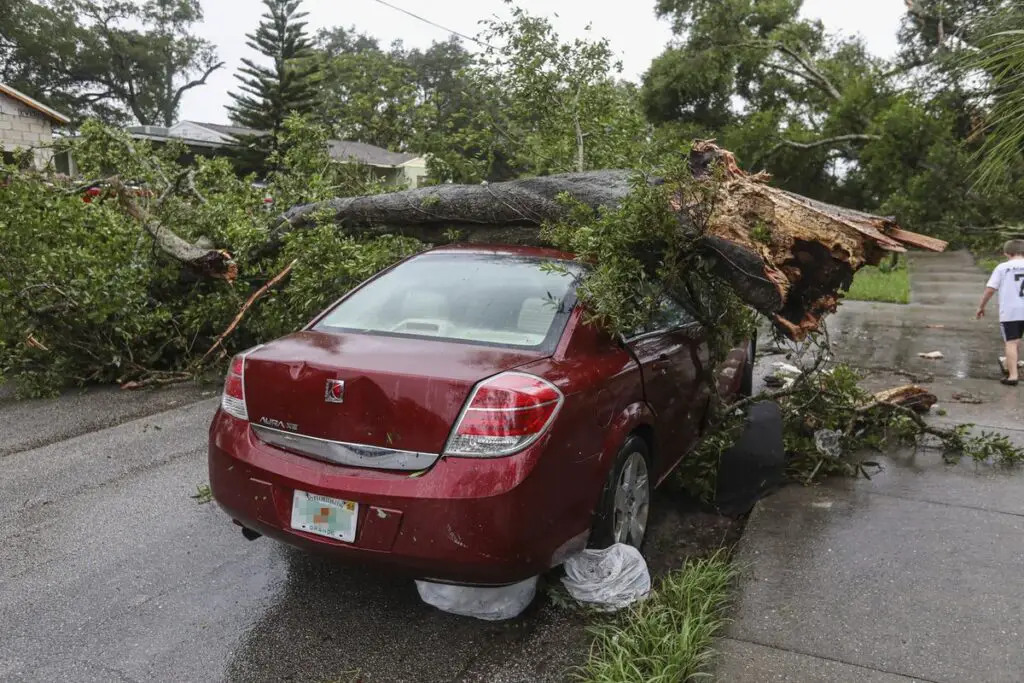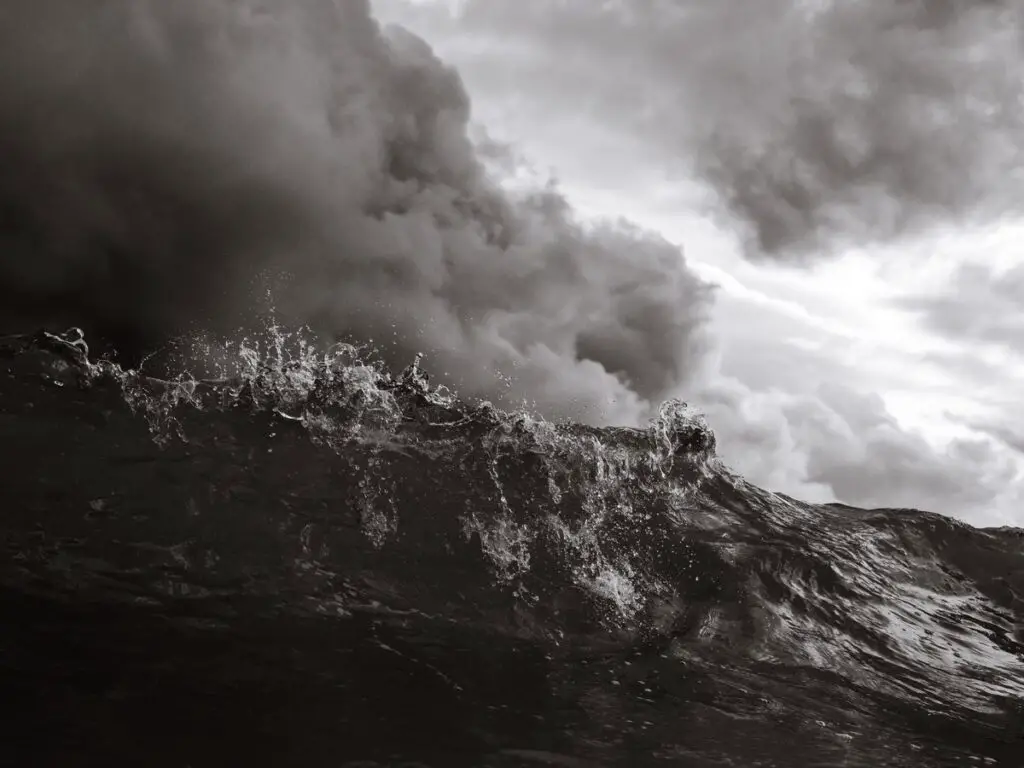If Hurricane Ida made one thing clear, it’s that we should all expect the unexpected when it comes to Mother Nature’s fury! With a damage bill exceeding $50 billion, 97 confirmed deaths and a sustained wind speed of 150mph, it may be a stark warning about the future.
Rather prophetically, the National Weather Service started issuing “Destructive” severe thunderstorm warnings via the Emergency Alert system to people’s mobile phones on the 2nd of August.
Contents
Are destructive storms becoming more frequent?
Anyone who has experienced severe weather knows how quickly major damage can occur. Hail can break windows and dent cars – a recent storm in N-E Australia, saw cars trashed and occupants badly injured when hail smashed every window in the cars and pummeled the occupants!
Another storm in the same region a few months before, saw hail smashing through concrete roof tiles and then ceilings as occupants cowered under dining tables for safety.
Lightning can turn giant trees to matchwood. It has killed many people. Tornados have razed entire towns.

They are all classed as storms, but, clearly, not all storms are equal. That’s why the National Weather Service has decided to add a “destructive” tag to its existing severe thunderstorm warnings whenever it deems it advisable.
From two levels of threat, to three…
According to the NWS, the new alert is meant to better convey the potential danger of thunderstorms when they roll in. This will bring the number of threat levels associated with thunderstorms to three; destructive, considerable, and base.
The NWS hopes the new system will save lives and reduce property damage by prompting people to act appropriately when they receive warnings that a thunderstorm is expected to be destructive.
Defining ‘destructive thunderstorm’.
In order to be considered “destructive”, a thunderstorm will have to have at least 80mph (129kph) winds, or baseball-sized hail. Thunderstorms labelled as likely to be “considerable” will have to have at least 70mph (113kph) winds or golf ball-sized hail.
“Considerable” storms will not activate an emergency alert text.
According to the NWS, only 10 per cent of severe thunderstorms will reach the “destructive” status, though that could grow as climate change continues to create the conditions for more powerful storms.
Supercell storms are becoming more frequent in many parts of the world
The majority of storms that reach that level of destruction are considered “supercell” storms. Super-cell storms often produce large hail, or the powerful derecho wind storms.

In addition to the Emergency Alert System, NWS warnings will also appear on weather.gov and NOAA Weather Radio.
While hurricanes, tornadoes and floods typically are the most feared weather events in the US for their sheer destructive potential, thunderstorms can cause significant damage. Of the most damaging weather events in 2020, 22 were thunderstorms.
Iowa experienced the most destructive thunderstorm in US history in 2020. Classed as a derecho, it nearly destroyed a town and cost $11bn in damages.
Climate change tends to exacerbate existing severe conditions; droughts are more extreme, hurricanes are more powerful, wildfires burn with more intensity. Thunderstorms and rainfall are no different. As the climate crisis worsens and average temperatures continue to climb, experts expect that average rainfall will also increase.
Warmer air holds more moisture, which will result in more rainfall. That will increase the intensity of short, severe weather events, like flash floods and thunderstorms.
If you agree that destructive weather is becoming more frequent, have you prepared your emergency survival kit?






